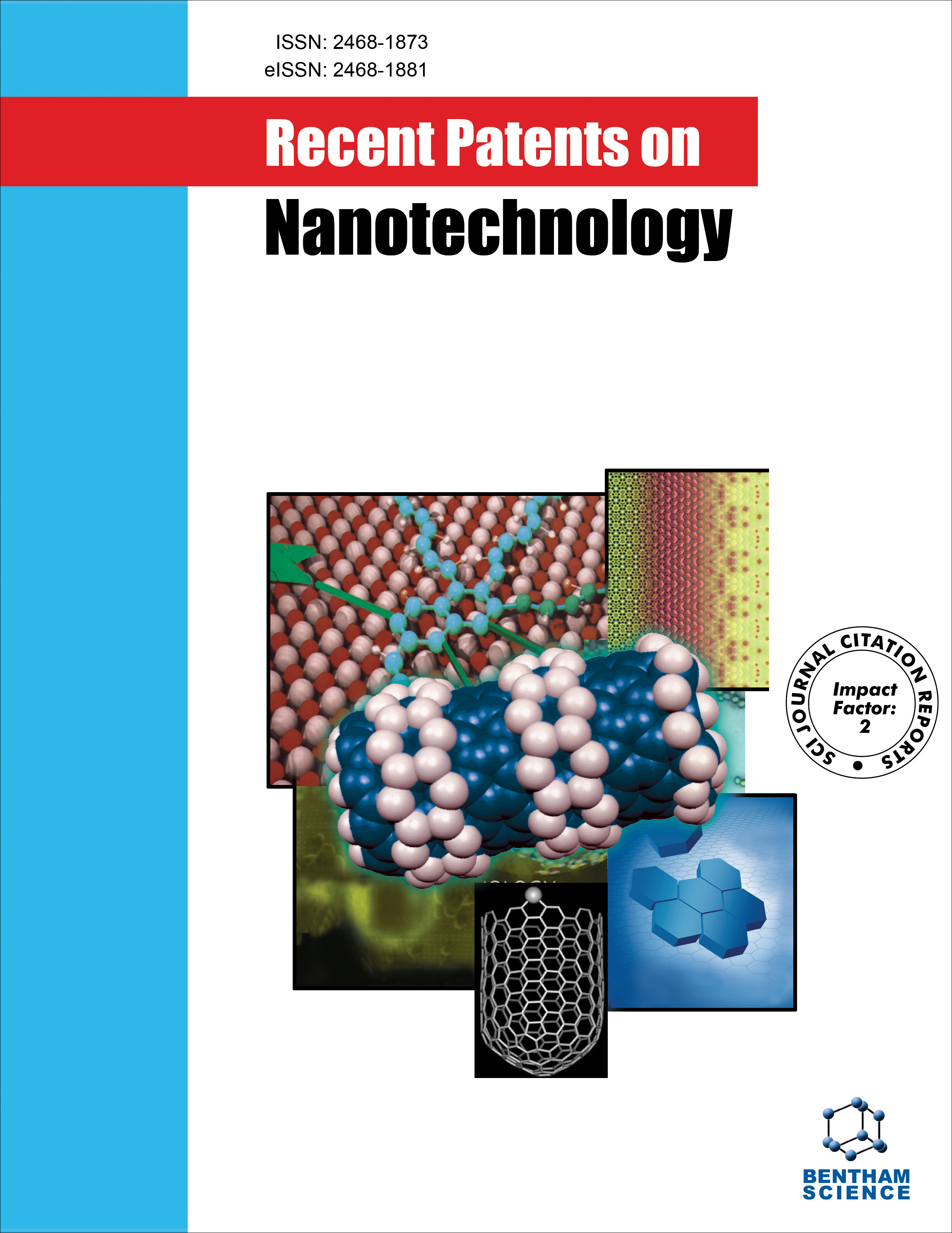
Full text loading...
The combination of carbon-based nanoelectromechanical systems (C-NEMS) and carbon-based microelectromechanical systems (C-MEMS) has become a promising new direction in biotechnology with a wide range of applications that could significantly improve medical research and healthcare. These carbon-based materials, which are highly suited for a variety of biotech applications, include graphene and carbon nanotubes (CNTs). They have special qualities including large surface area, superior electrical conductivity, and biocompatibility. The domain of medication delivery systems is where C-MEMS and C-NEMS are most prominently used. These materials address important issues with therapeutic effectiveness and patient comfort by providing a platform for targeted and regulated medication administration. Biosensors that use graphene and carbon nanotubes (CNTs) have become essential diagnostic instruments because they allow for the sensitive and real-time detection of analytes for biomarker monitoring and disease diagnosis. The incorporation of carbon-based materials into lab-on-a-chip (LOC) devices has transformed biotech tests by providing portable and quick analysis. Neural interfaces, drug screening, wearable health monitoring, diagnostics, imaging, tissue engineering and regenerative medicine, diagnostic imaging, diagnostic imaging, and imaging have all benefited greatly from the use of carbon-based materials. These wide-ranging applications of C-MEMS and C-NEMS highlight their potential to propel developments in science, medicine, healthcare and patents.

Article metrics loading...

Full text loading...
References


Data & Media loading...

